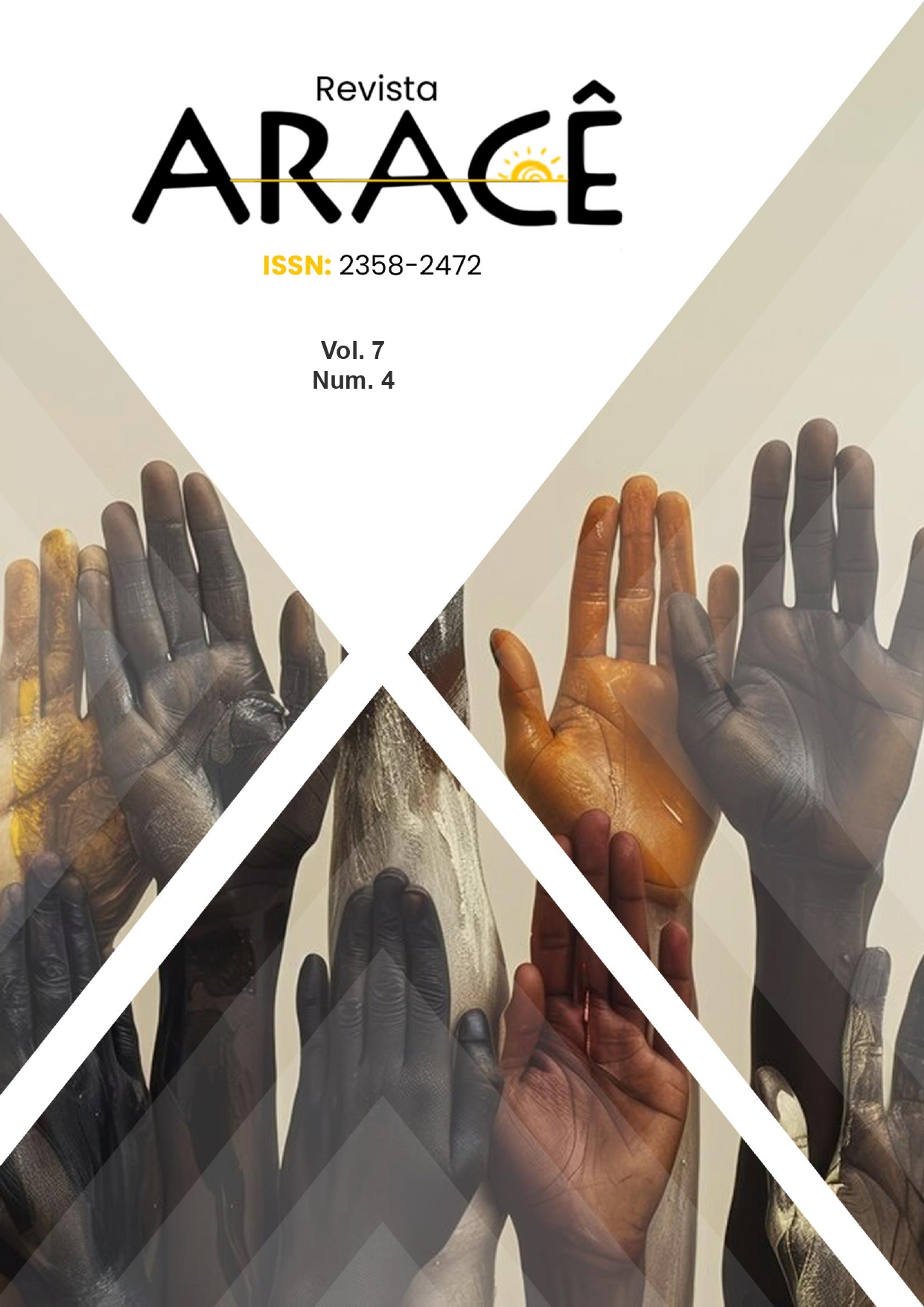BACTERIAL INFECTION SECONDARY TO SNAKEBITE
DOI:
https://doi.org/10.56238/arev7n4-078Keywords:
Epidemiology, Infection of the wounds, Snake bites, Venomous snakesAbstract
Objective: This study aims to describe the symptoms, epidemiological profile, laboratory abnormalities, and antibiotics used in patients with wound infection secondary to snakebite. Methods: This is a retrospective study with secondary data, which analyzed 211 medical records, of which 60 (28.4%) patients were included. Results: there was a higher prevalence of cases in rural areas, with predominantly male involvement and in lower limb topography. The main local manifestations were pain and edema. All patients received antibiotics and the most used was clindamycin. Thirty-one patients (51.7 %) developed abscess or necrosis and required surgery. Conclusion: Further studies are needed to identify predictors of infection and diagnostic criteria that facilitate its detection. From the knowledge of the determinants of the infection, it will be possible to establish the appropriate therapy, prevent complications and reduce treatment costs.






